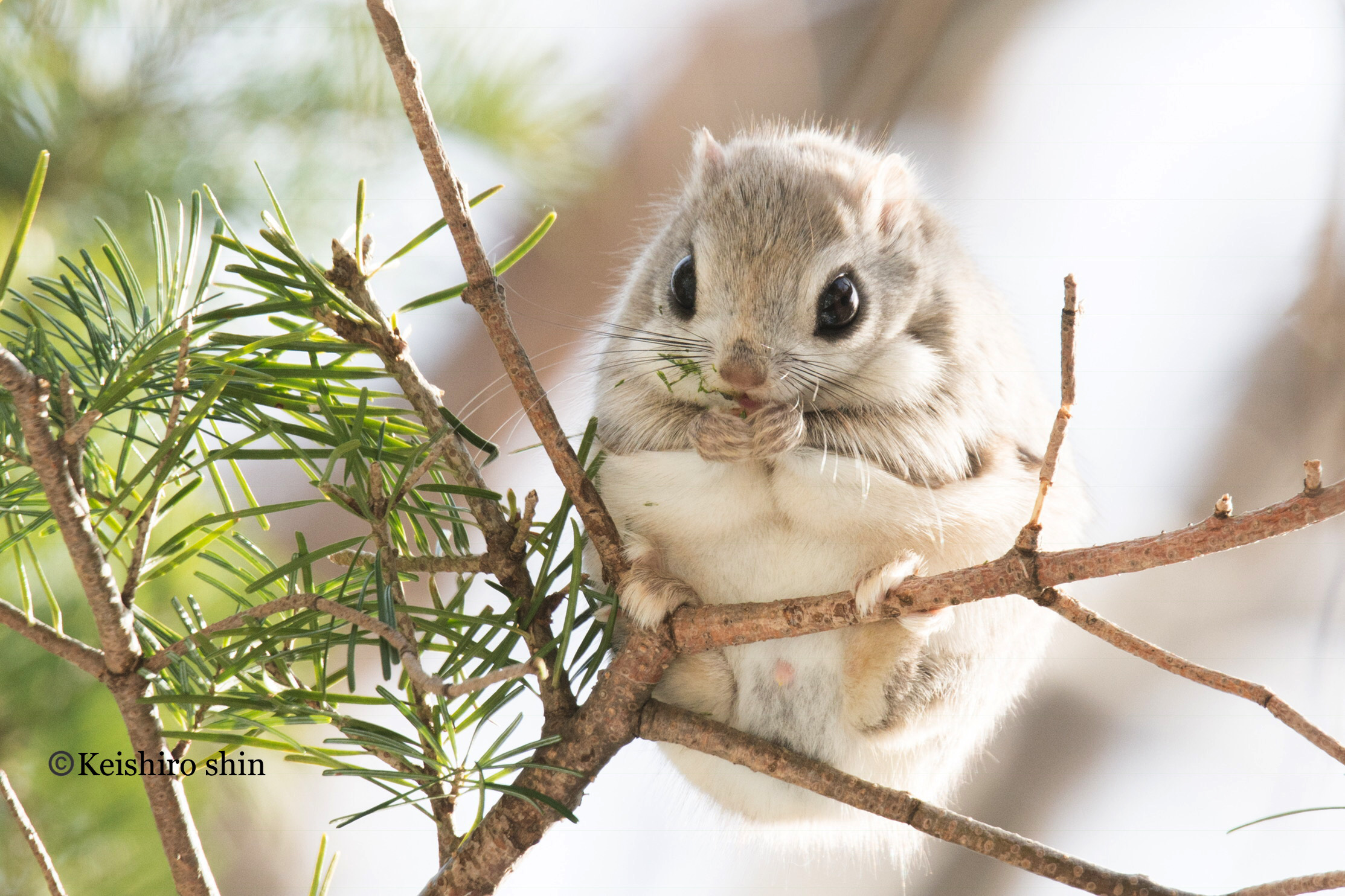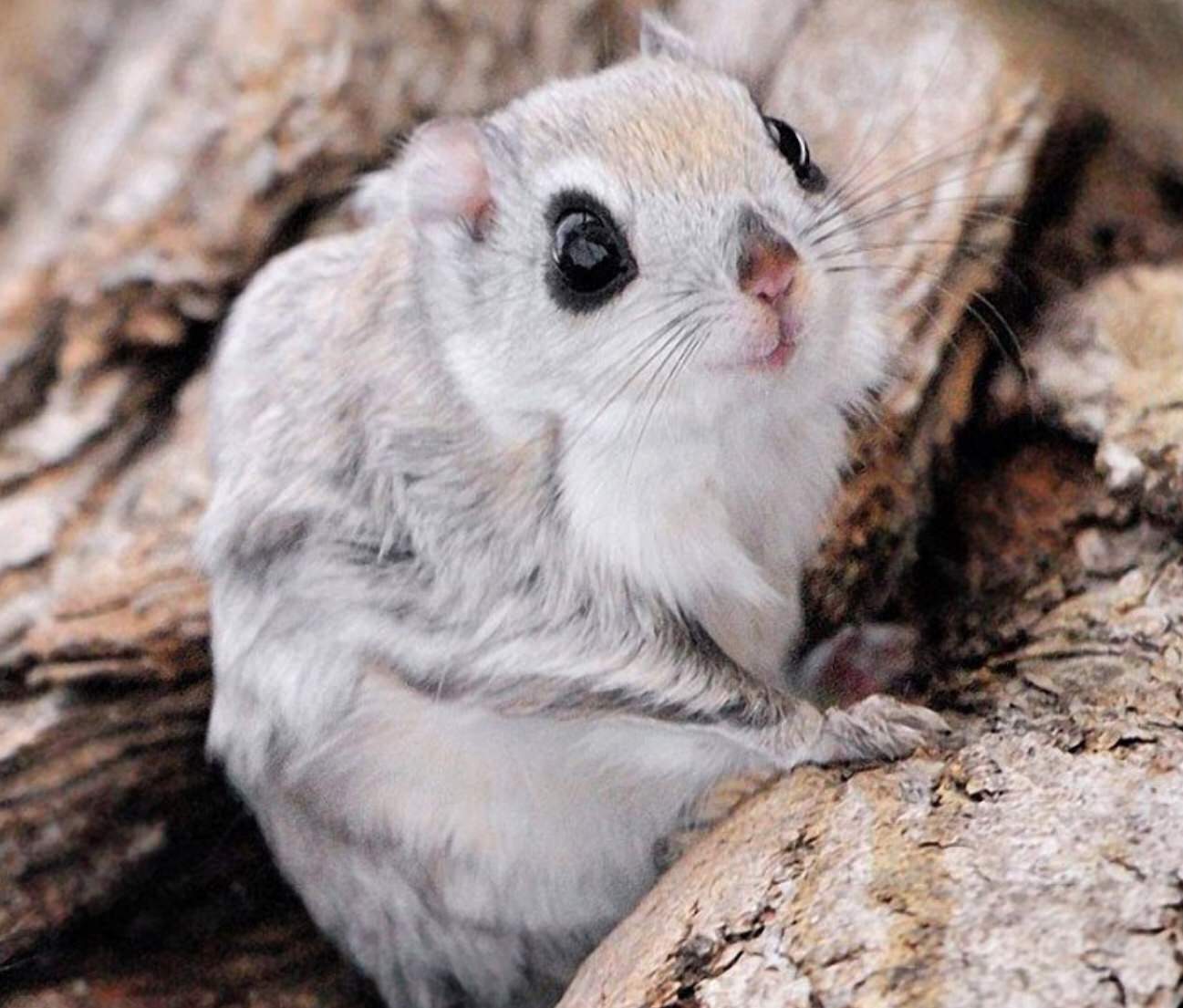

The proposed Humboldt’s flying squirrel project has the capacity to engage many students both in the field and lab. Another objective of this project is to give undergraduate students at Humboldt State University the opportunity to gain research and field experience.
Japanese flying squirrel full#
In addition, recordings of their calls will be made toĬapture their full repertoire with the ultimate objective of creating a comprehensive call library that can be used for acoustic monitoring of these cryptic species. Furthermore, Northern flying squirrels and Southern flying squirrels ( Glaucomys volans) have recently been discovered to produce ultrasonic vocalizations (like bats) and researchers in the Eastern United States have found that ultrasonic recorders used for recording and monitoring bats can be used to record these squirrel vocalizations in the wild.Ī conservation grant from Sequoia Park Zoo will help purchase camera traps to further investigate methods to monitor flying squirrels and to be able to determine their annual activity patterns (i.e., when they are most active throughout the year) in Headwaters Forest Reserve and Arcata Community Forest. Several studies have shown that camera traps are a reliable, cost-effective, and safe method to monitor Northern flying squirrels and Japanese flying squirrels ( Pteromys momonga). Therefore an understanding of the distribution, abundance and behavior of the Humboldt’s flying squirrel is a key conservation issue in northern California.įlying squirrels can be difficult to monitor and study in the wild due to their cryptic nature and difficulty in trapping.


Flying squirrels also play a role in mycorrhizae dispersal (i.e., fungal spore dispersal such as truffles), which is important for growth in young trees, forming a symbiotic relationship among the squirrels, fungi and trees. In California and the Pacific Northwest, flying squirrels are important prey species for Northern spotted owls ( Strix occidentalis caurina) and fishers ( Martes pennanti), which are species of conservation concern. Flying squirrels are nocturnal, cryptic animals that are ecologically important. This species was previously thought to be part of the geographically widespread Northern flying squirrel ( Glaucomys sabrinus) but recent molecular studies show that flying squirrels in California up to Washington are a distinct species. The Humboldt’s flying squirrel ( Glaucomys oregonensis) is a newly described species of flying squirrel in North America. Monitoring Humboldt’s Flying Squirrel with Novel Techniques (2019 – $1,032)īarbara Clucas – Assistant Professor in Wildlife, Humboldt State University


 0 kommentar(er)
0 kommentar(er)
